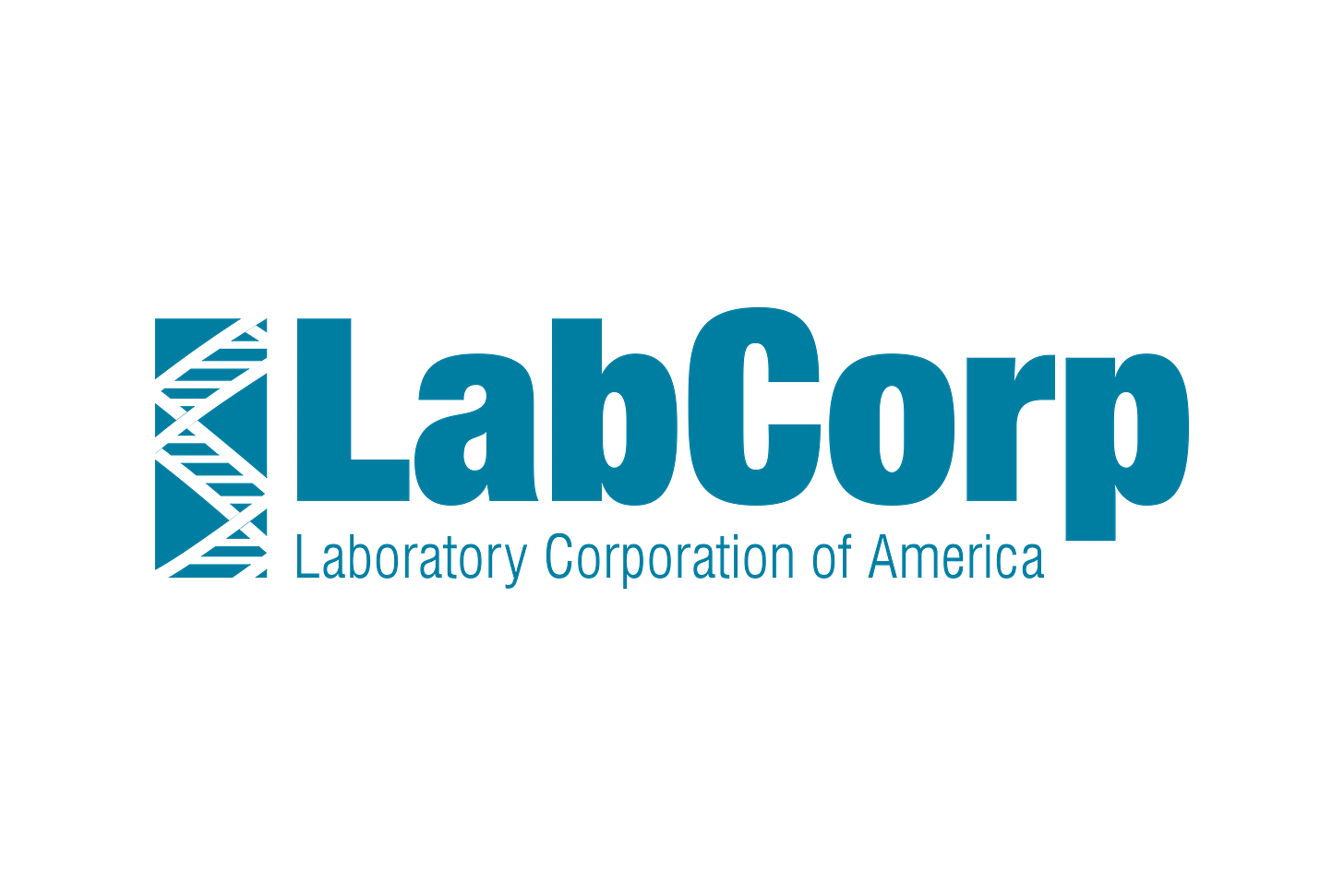Labcorp Holdings (LH): Investment Thesis
Business Overview
Labcorp is one of the largest players in laboratory diagnostics in the U.S. The company's core areas are patient testing and clinical trials for pharma. After spinning off its CRO division Fortrea in 2023, Labcorp became a purer, more predictable business fully focused on lab services.
Recent Developments
Fortrea Spin-off: sharpened Labcorp's focus on its core business and unlocked $1 billion for share buybacks.
M&A and Partnerships: In 2024, the company completed 10 hospital lab acquisitions, strengthening regional presence.
Product Innovation: Launch of new tests — liquid biopsy for cancer, Alzheimer’s biomarkers, molecular flu diagnostics.
Financial Multiples
Forward P/E: ~14× — cheaper than the healthcare sector average (~18–20×).
EV/EBITDA: ~12.1× — in line with rival Quest Diagnostics.
Free Cash Flow: consistently ~$1.1 billion per year.
Dividend Yield: ~1.3%.
Stock Performance
Over the past 12 months, LH shares have gained about +14%, outperforming the S&P 500. In 2024, growth was muted (+2%), creating a solid base for a potential upside if macro conditions improve.
Growth Drivers
Expansion of core business as the population ages and patient volumes normalize post-pandemic.
Rollout of high-margin specialty tests.
Expansion through hospital lab acquisitions.
Aggressive capital return strategy: buybacks + dividends.
Risks
Potential margin pressure due to lower reimbursement rates.
Intense competition from Quest and emerging high-tech diagnostic players.
Normalization of growth rates as post-pandemic demand fades.
Investment Thesis
Labcorp offers a resilient growth model in a relatively defensive sector with low revenue volatility. The stock trades at a moderate valuation, unlike many overvalued tech and biotech names. With expected EPS growth of ~9–10% annually and a strong buyback program, LH could deliver attractive returns over the next 1–2 years.
LH stock looks like an attractive buy for investors seeking a balance between stability and reasonable upside. Current levels provide a compelling entry point, especially in a market where higher-risk assets face greater uncertainty.



